Ever finished a horror movie with a chill running down your spine just because the phrase “based on a true story” popped up at the beginning? Well, most of the time, that chill has more to do with marketing than with reality. Some of the scariest movies out there love to lean on claims of truth just to hit harder, but when you look closer, that “true story” usually turns out to be full of exaggerations, distorted facts, or even complete fiction. The strategy works – it makes the fear feel more real. But can we really trust everything horror sells as fact? In this genre, it’s not just what happens that scares you, but what you believe could.
Videos by ComicBook.com
Movies that say they’re based on real events make everything feel more intense – even when that “real” part is hanging by a thread or totally made up. Here are 10 horror movies that knew exactly how to use the “based on real events” label as a clever hook.
1) Annabelle
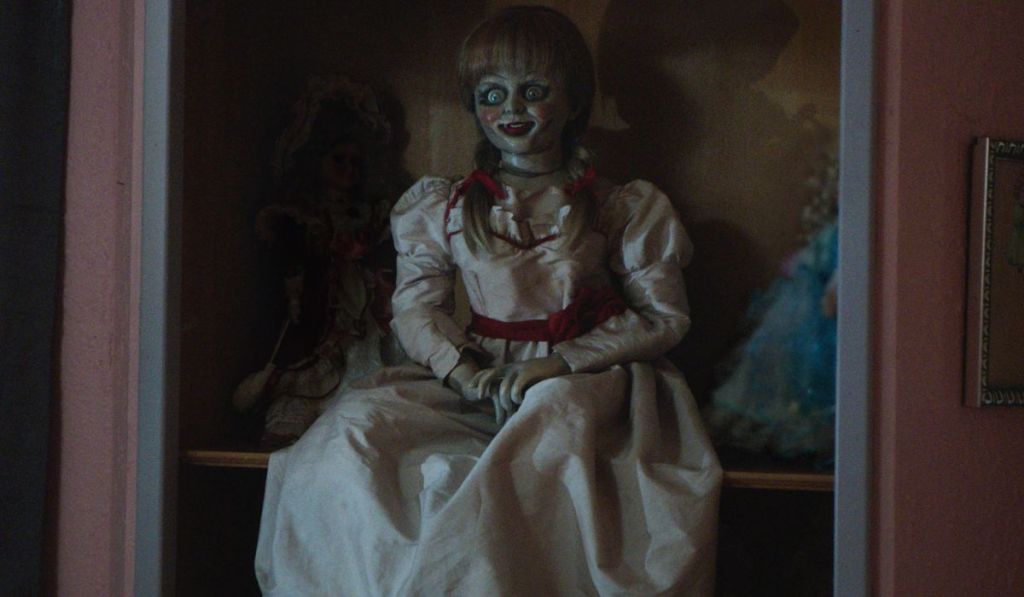
Even people who don’t care for horror movies have heard of Annabelle – one of the movies from the famous The Conjuring franchise. The film centers on John (Ward Horton) and Mia (Annabelle Wallis), a young couple expecting their first child whose quiet life is shattered after they’re attacked by members of a satanic cult. During the violent encounter, blood is spilled on a rare doll, setting off a chain of supernatural events that invites a demonic presence into their home.
The movie claims inspiration from a real-life case investigated by famed paranormal researchers Ed and Lorraine Warren, who said a Raggedy Ann doll was possessed by an evil spirit. The doll was handed over by two nursing students in the ’70s and now resides in the Warren Occult Museum. But beyond the eerie backstory, there’s no evidence of satanic cults, violence, or anything resembling the events in the movie. In fact, the only true connection is the idea of a haunted doll. Annabelle is a chilling story, but it’s one stitched together with fiction rather than facts.
2) The Blair Witch Project

[RELATED – 5 Horror Movies Based on Urban Legends]
A landmark in horror cinema, The Blair Witch Project shook things up with its found footage style – and maybe that’s exactly why so many people believed it was real. The movie follows three film students who vanish in the woods of Maryland while filming a documentary on the Blair Witch legend. What happens next is all psychological terror, and the raw, handheld footage only made it feel more authentic, especially for audiences in the late ’90s who had never seen anything quite like it.
But beyond the film itself, this was one of horror’s most brilliant marketing stunts. The creators built an entire fake world around the Blair Witch myth – fake websites, phony interviews, and even made-up police reports. The actors vanished from the media on purpose to sell the story even harder. The reality? There was no witch, no Blair, and nothing spontaneous about the footage. Everything was meticulously planned. The Blair Witch Project wasn’t just a movie – it was one of the most successful hoaxes ever dressed up as a true story. And it totally worked.
3) The Texas Chain Saw Massacre

When a horror movie links its story to a real serial killer, the fear instantly hits different. That’s exactly what happened with the iconic The Texas Chain Saw Massacre, still remembered as one of the most unsettling horror films ever made. The movie follows a group of young friends who, while passing through rural Texas, stumble upon a terrifying family of cannibals – including the unforgettable Leatherface (Gunnar Hansen), known for his skin mask and roaring chainsaw.
The character was loosely inspired by Ed Gein, a notorious murderer from Wisconsin. But here’s the thing: Gein never used a chainsaw, never lived in Texas, and didn’t come from a family of killers. What he did do was collect body parts, which influenced the disturbing aesthetics of Leatherface. The whole “based on a true story” claim? It was just a bold and very effective marketing move meant to leave people squirming in their seats. The actual events might’ve been twisted and exaggerated beyond recognition, but that’s what made the horror hit so hard.
4) The Conjuring

James Wan is one of the biggest names in horror, and with The Conjuring (which quickly turned into a full-blown franchise), he delivered what seemed like a faithful dramatization of the real-life cases of Ed and Lorraine Warren. The film centers on the Perron family, who are tormented by supernatural events after moving into a secluded farmhouse in Rhode Island. With its eerie vibe, well-timed scares, and emotional weight, the movie became a box office hit – helped, of course, by the whole “based on a true story” angle.
But when it comes to facts, things get a little fuzzy. The demon Bathsheba Sherman (Joseph Bishara), portrayed as a witch who cursed the land and died by suicide, was a real person – but there’s no real evidence linking her to any murders or dark rituals. In fact, a lot of the events have been questioned by historians and even members of the Perron family, whose versions of the story don’t always line up. So, while The Conjuring claims to stick close to reality, it’s really more of a polished ghost story with a few real names thrown in.
5) Paranormal Activity
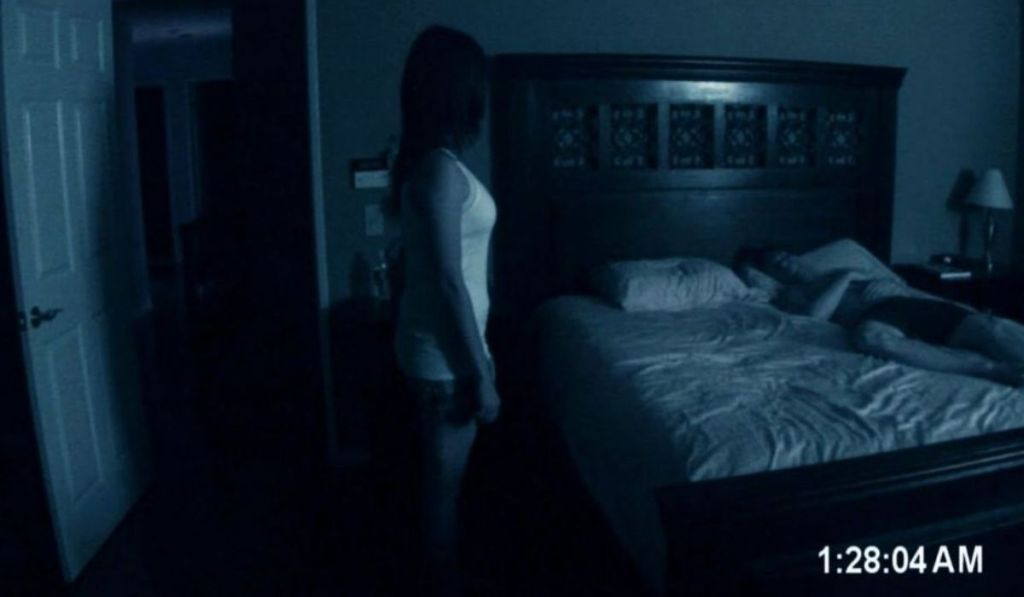
Paranormal Activity might not top the list of horror favorites these days (especially with many now labeling it as “fake”), but back when it debuted, it was a cultural phenomenon. Shot in the found footage style, the film follows a couple dealing with strange, escalating supernatural events in their home. Made on a shoestring budget and filmed in the director’s own house, it stood out for its stripped-down realism, with the actors even using their real names, which added an unsettling layer of authenticity.
That raw, mundane atmosphere was so convincing that a lot of people genuinely thought they were watching a real story. Riding on the wave of The Blair Witch Project, the film’s marketing was laser-focused on audience reactions, making it seem like a true account caught on camera. But despite the internet myths and late-night debates, Paranormal Activity is pure fiction – there’s no real case or documented haunting behind it. Still, the illusion worked.
6) Cannibal Holocaust
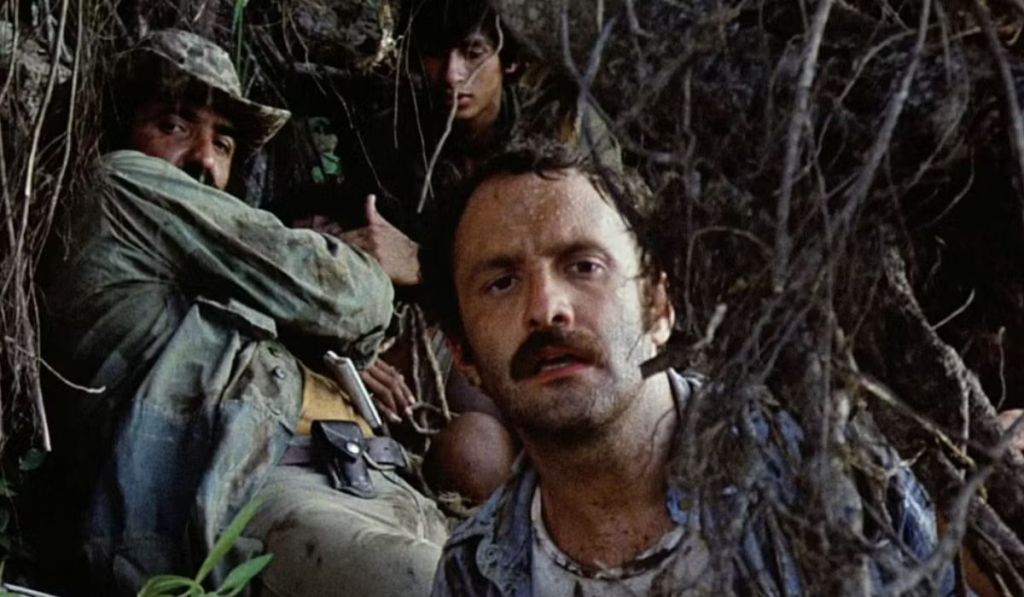
Cannibal Holocaust remains one of the most notorious horror films ever made, though not everyone is familiar with its dark legacy. The movie is framed as a found documentary, following a group of filmmakers who vanish in the Amazon rainforest while filming indigenous cannibal tribes. The story unfolds through recovered footage interspersed with rescue scenes, showing graphic violence, abuse, and cannibalism in such raw detail that many viewers believed it was a real snuff film (a type of movie that shows actual murder).
The backlash was immediate and severe: director Ruggero Deodato was even arrested on murder charges and had to bring the actors to court alive to prove the film was staged. However, despite its shocking realism, Cannibal Holocaust is entirely fictional. Its infamy grew from a mix of extreme violence and clever behind-the-scenes tactics – including contracts that kept actors out of the public eye temporarily. Banned in over 50 countries, mainly due to actual animal cruelty shown on screen, the film has since become a cult classic, heavily influencing later horror hits like The Blair Witch Project and Paranormal Activity.
7) The Possession
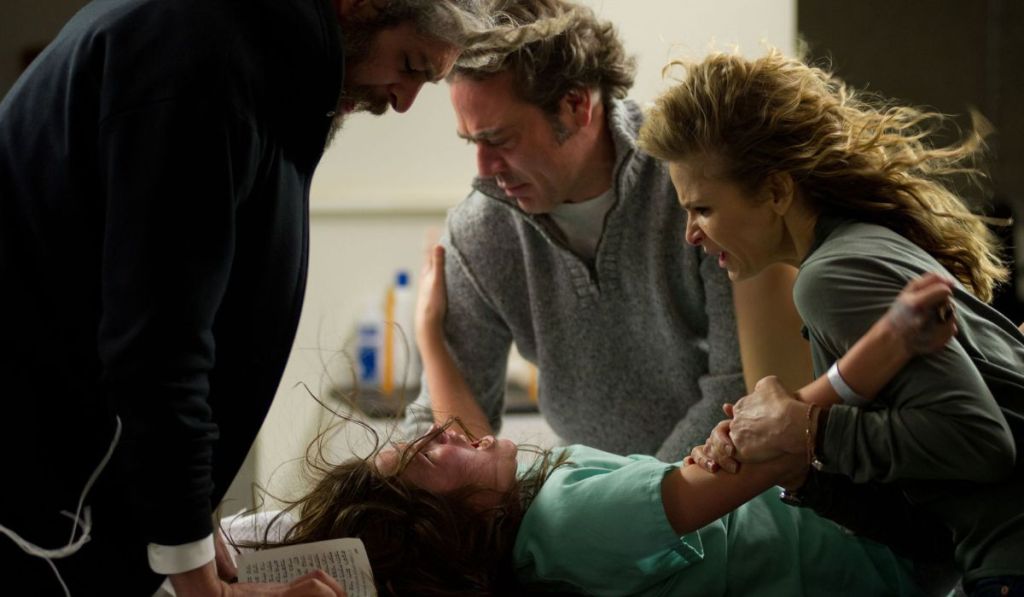
The Possession is one of those movies that immediately sets the nerves on edge by claiming to be based on true events. However, in reality, its connection to fact is almost entirely made up. The film tells the story of Em (Natasha Calis), a young girl who begins acting strangely after buying an old wooden box at a garage sale. The box supposedly contains a dybbuk – an evil spirit from Jewish folklore that attaches itself to people and possesses them. As Em’s behavior grows more disturbing, her desperate parents seek the help of a rabbi to free her from the malevolent force.
The movie was inspired by the story of the so-called “dybbuk box,” an item that gained notoriety on eBay in the early 2000s. The original seller, Kevin Mannis, claimed he bought the box from a Holocaust survivor and that it brought paranormal disturbances and bad luck to those who owned it. But it wasn’t until 2021 that he admitted the whole thing was made up – just a story to entertain people and take advantage of how quickly things go viral online. Basically, it was a deliberate hoax that scared a lot of people at a time when the internet was really becoming part of everyday life. The story quickly caught the attention of paranormal fans everywhere.
8) The Strangers
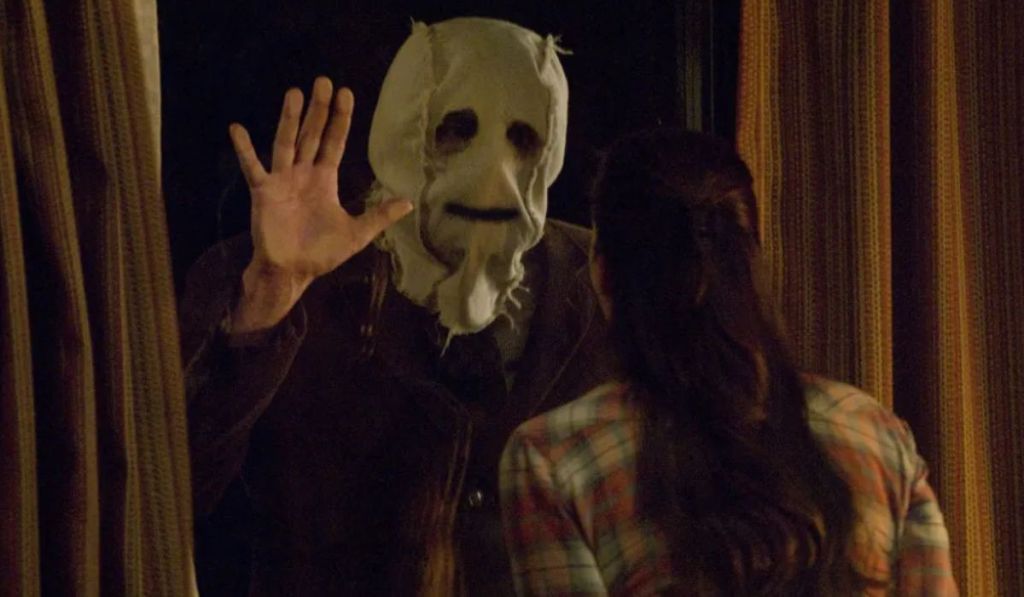
Although the supernatural is something that frightens us, perhaps what terrifies the public most is when it involves only human beings. The Strangers is a psychological thriller centered on a couple whose home is invaded by three masked figures during a seemingly ordinary night. The horror of the film comes simply from the calculated and random coldness of the intruders, who claim to be there simply because the couple was home. There is tension throughout and a sense of restrained violence, and when it is revealed that the entire story was based on real events, it is basically a signal for everyone to be on alert even when they are at their own houses.
However, despite this claim, The Strangers is pure fiction. Director Bryan Bertino said he was inspired by a childhood experience when strangers knocked on his door while he and his sister were home alone – only to discover later that the visitors were connected to a string of robberies in the neighborhood. Other than that, there was also inspiration from the Manson Family murders. But the entire story of the film has no documentary basis, only reflections of real situations transformed into cinematic horror. It was a case of superior marketing, that’s for sure.
9) The Exorcism of Emily Rose

The theme of exorcism in horror is widely debated, and in fact, it’s something we hear about in many real-life cases. The Exorcism of Emily Rose is a significant movie that tackles this subject, but it clearly exaggerates for dramatic and frightening effect. The story follows a young woman who experiences paranormal phenomena and ultimately dies during an exorcism. It draws inspiration from the real-life case of Anneliese Michel, a German woman who underwent numerous exorcism rituals in the ’70s before dying from malnutrition and related health complications.
Using this case as a foundation, the film explores the tension between faith and science through a story where the priest who performed the exorcism is charged with negligent homicide. However, The Exorcism of Emily Rose changes many details – including names, locations, and events – to heighten the drama. While it presents the debate between psychiatric illness and demonic possession with intensity, the real-life case is far more complex and far less supernatural than the movie portrays.
10) Wolf Creek

Wolf Creek was promoted as a film based on actual events, largely because it effectively portrays the terrifying unpredictability of a group trip gone wrong. The story follows three backpackers who, while traveling through the Australian outback, are captured by Mick Taylor (John Jarratt), a psychopathic hunter who subjects them to a nightmare of torture and violence. The real fear comes from the exploration of vulnerability in isolated places and the looming threat of random, senseless violence. While this may feel like a familiar trope in fiction, it resonates deeply because many have experienced that primal fear in real life.
However, the movie does not depict a specific true crime nor does it claim to be a direct recounting of actual events. Instead, Wolf Creek draws inspiration from real cases of backpacker murders in Australia, particularly those committed by Ivan Milat and Bradley Murdoch. The character of Mick Taylor is basically a mix of those killers rolled into one, and the plot is dramatized to maximize tension and horror. Despite this, the film achieved notable success and led to sequels and a TV series, cementing its place in the horror genre.








